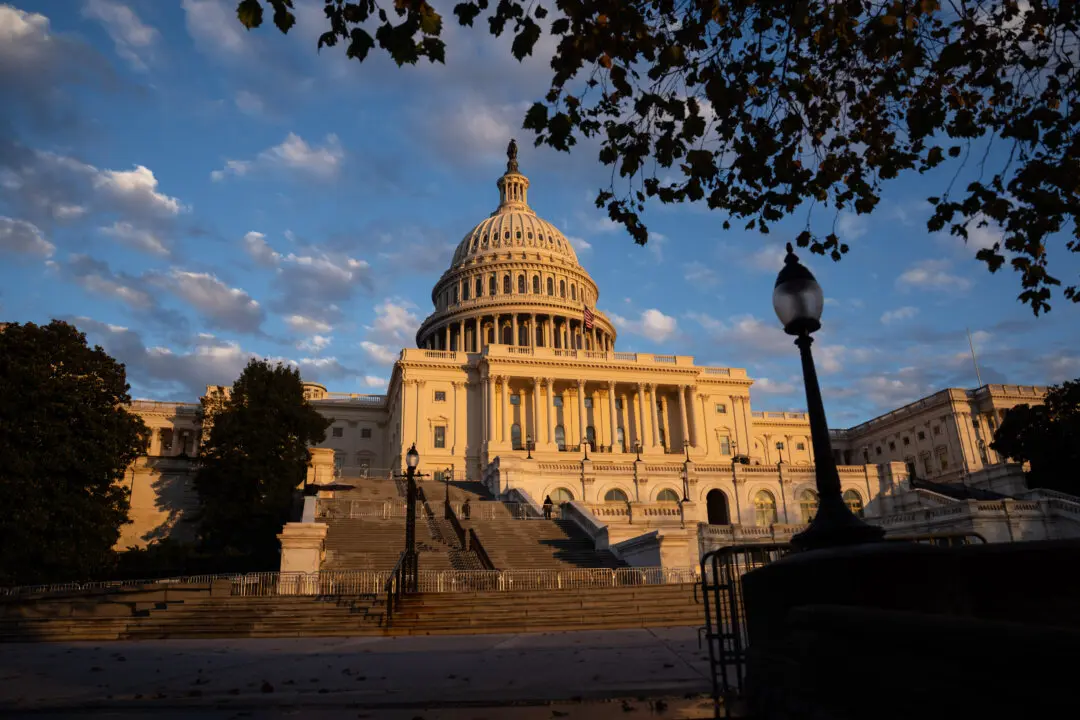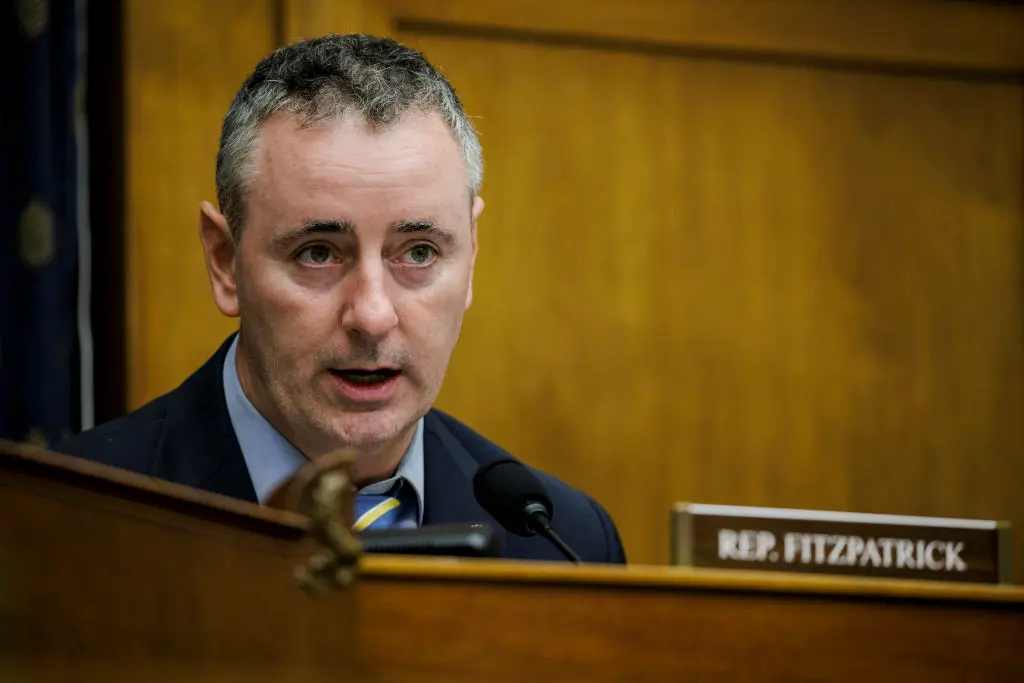Education disruptions that occurred during the lockdowns and school closures in the first waves of the COVID-19 pandemic could cost students tens of thousands of dollars in future income and remove trillions from state economies, according to a report from the Hoover Institution.
The January report by Eric Hanushek, a senior fellow at the institution and internationally recognized expert on the economics of education, concludes that lockdown-era students will earn between 2 to 9 percent less during their lifetimes, depending on their learning loss.





